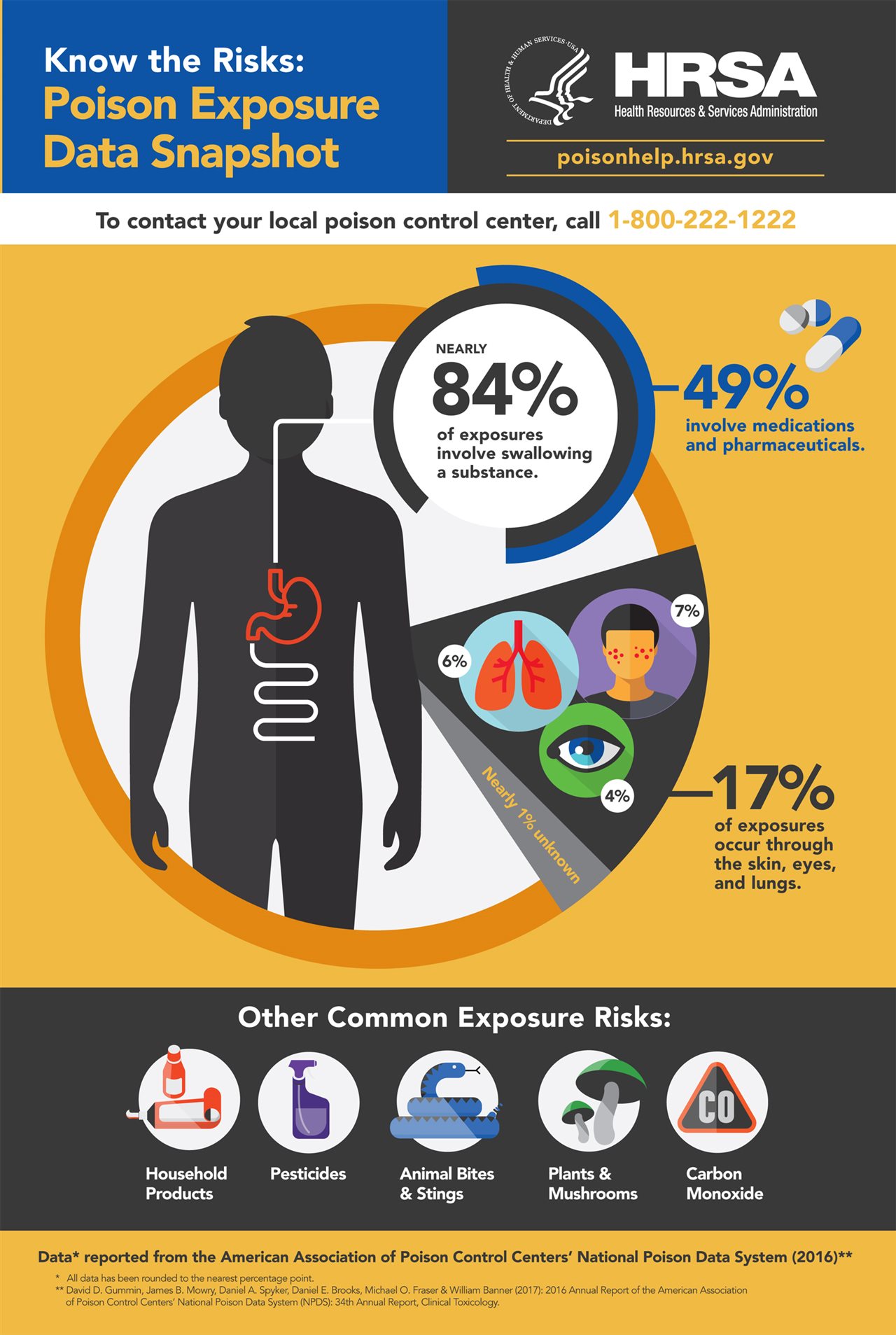2018-03-13T16:07:01
(BPT) – Imagine your family carried the gene for a rare, life-threatening condition, but didn’t know it?
For generations, members of Angel’s family experienced fatigue, nerve pain, numbness in limbs, dizziness, shortness of breath and chest pain, but were unable to determine the cause. The answer was hereditary ATTR (hATTR) amyloidosis, a progressive, debilitating, life-threatening condition that typically runs in families.
“Early on, my family used to call hATTR amyloidosis ‘the curse’ because no one knew what it was and those who had it experienced a wide variety of symptoms and misdiagnoses,” Angel said. She witnessed firsthand how the condition, which affects approximately 50,000 people worldwide, can devastate a person’s quality of life.
“I watched my grandfather go from building houses and doing construction to being wheelchair bound and bedridden.”
Angel’s family’s experience was recently chronicled in “Living a Rare Life,” a new downloadable booklet sharing their personal account about how they’ve been living with this condition across generations. Like many rare conditions, hATTR amyloidosis varies from individual to individual and is often misdiagnosed because its wide array of symptoms, like shortness of breath, numbness of fingers and toes, constipation/diarrhea and headaches, resemble other, more common conditions.
While the degree and severity of symptoms vary from person to person, hATTR amyloidosis can lead to significant disability and a shortened life expectancy. Obtaining an early and accurate diagnosis is critical.
While Angel tested negative for the condition, she has taken an active role serving as an advocate and caregiver for her family. “The first step to managing a hereditary condition is knowing your family health history and identifying gaps in knowledge about genetic disorders,” said Angel. “Today my mom and many of her siblings are battling hATTR amyloidosis, but now we know how to recognize the symptoms and better manage them.”
Here are a few of Angel’s tips to begin conversations with your loved ones about your health history:
- Initiate a Dialogue. Having open and honest conversations about family health history may play a role in identifying symptoms sooner, reaching an accurate diagnosis sooner and allowing your loved ones to take control of their health.
- Speak to a Genetic Counselor. Genetic counseling can help your family members understand their chances of inheriting a rare disease gene mutation and become familiar with the testing process. A counselor can help your family to understand potential issues related to genetic testing, like insurance, determine if genetic testing is appropriate and help make sense of results once they are obtained.
- Become an Advocate. As an advocate, you can be your family’s most valuable resource for learning about a genetic condition. For some family members, it may be helpful for them to know that they have support throughout the journey of the condition. Building a support system can help the entire family continue to make educated decisions.
If you, or someone in your family, experience symptoms consistent with those of hATTR amyloidosis, talk to your doctor and visit hATTRBridge.com for information and resources like the “Living a Rare Life” booklet.
* Angel is partnering with Alnylam Pharmaceuticals to increase awareness of hATTR amyloidosis.














